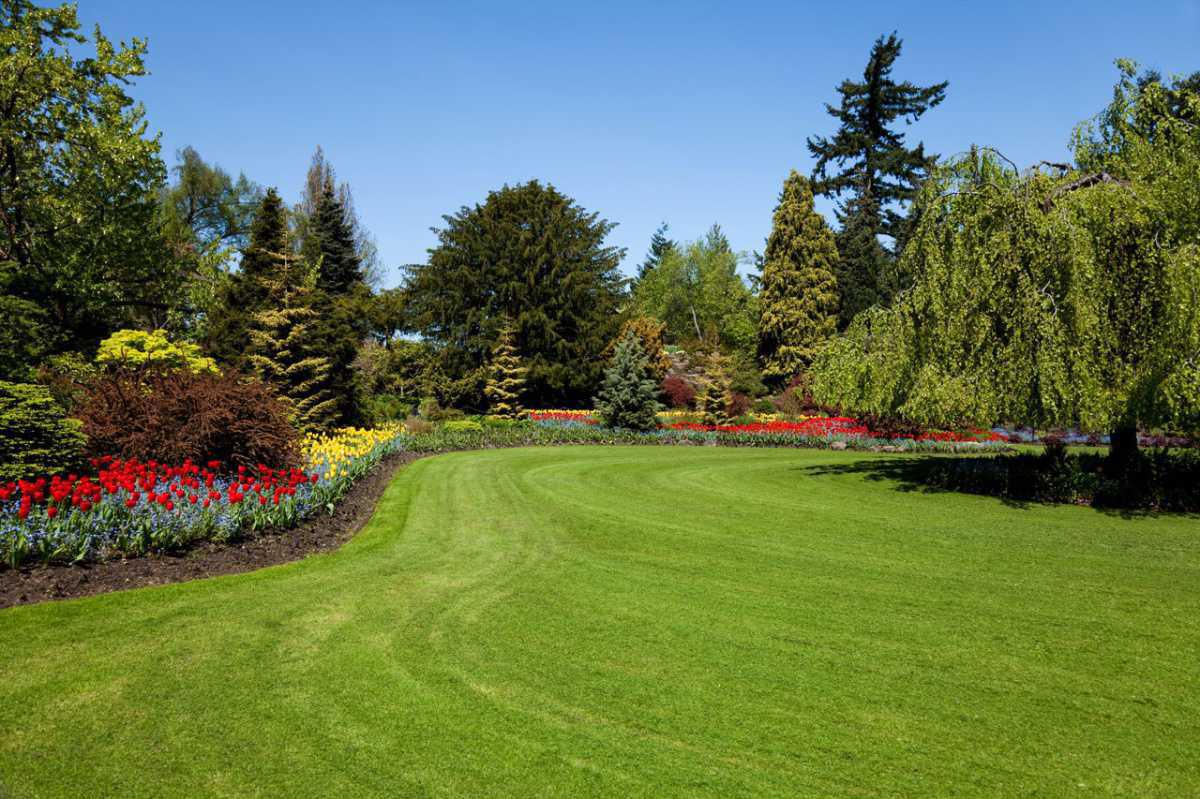Low-growing floras that spread quickly to form a dense coat are known as ground covering plants. Such vegetation controls the growth of weeds and makes it easier to maintain a garden. A simple example is “grass”. There are a wide variety of grasses that can spread quickly and also prevent the growth of weeds. However, there are areas, which are not suited to grow or maintain grasses. In such areas, floras known as ground covers could be planted. These floras would not only give finishing touches to any kind of landscaping but also effectively reduce the maintenance of a garden.
Advantages
- They help to reduce the germination of weeds, as they coat the entire floor like a carpet. It is easy to maintain the landscape, as they prevent the ingress of the weeds.
- These floras reduce soil erosion and water loss and are ideal for steep slopes, because they conserve soil.
- It is an insulating layer for the soil. Since it keeps the soil cool in the summer, and warm during the winter months.
- They help to build the humus level in the soil, by acting as living mulch. A few varieties are a good companion for bulbs (e.g. lily) and other floras. These floras are also habitats for beneficial insects.
- Many of them are herbs that are used as medicines for home remedies. There are also a few, “food” cover plants, such as spinach.
- Such floras are practical for areas where growing turfgrass is not possible.
- Drought-tolerant ground covers can be planted near the sidewalks and steep slopes, where it is not possible to irrigate or water them regularly.
Disadvantages
- Slugs, snakes, snails and pests, make these floras their habitats. For instance, if the area is popular with slugs, it is not advisable to grow them.
- They compete for water and fertilizer with other plants.
- You should choose them carefully for your garden. The reason is, if the ground cover is very vigorous in growth, it can over-run the vegetation that you want to grow.
- It is a fact that they are weed suppressors, however, till these floras establish themselves, you have to keep the landscape free from weeds.
To sum up, the right time to plant them is in the spring. The distance between successive plants depends on their vigor of growth. There are certain covers that grow in the shade of huge trees and these can be planted in shady areas.

